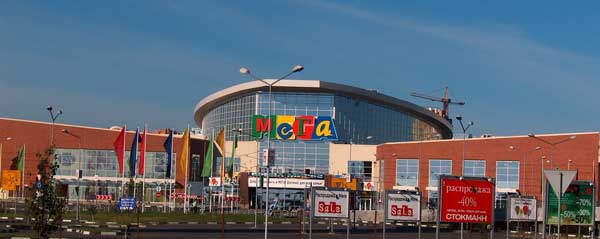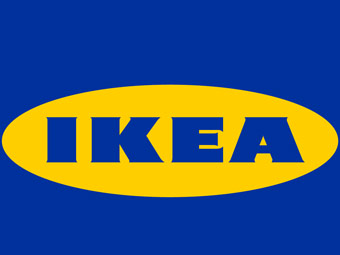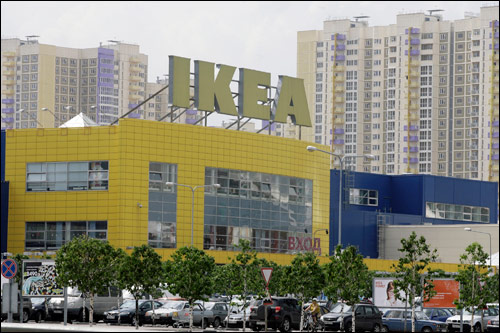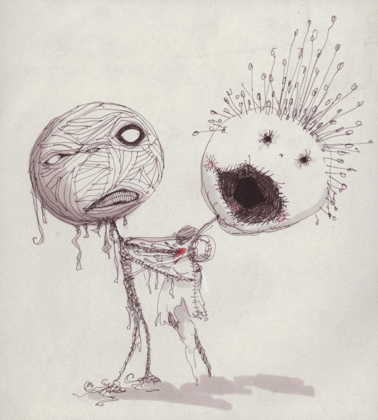The Swedish-gone-global Ikea Retail Company is planning a multi-million dollar project that includes the commission of contemporary artists, like Piotr Uklanski, Jeppe Hein and Jim Lambie, to create works for its colassal Moscow-based development due to open in 2012.
 Ikea will roll out mixed-use spaces across Ikea locales in Russia and countries of the former Soviet Union. The massive 850,000 + square foot Mega Teply Stan retail park in Moscow will be the first such space and plans to include shops, restaurants, an ice-rink, and of course, an Ikea furniture store.
Ikea will roll out mixed-use spaces across Ikea locales in Russia and countries of the former Soviet Union. The massive 850,000 + square foot Mega Teply Stan retail park in Moscow will be the first such space and plans to include shops, restaurants, an ice-rink, and of course, an Ikea furniture store.
Simon Dance, of Simon Dance Design (who has been working with Ikea since 2007) recently discussed the venture in the Art Newspaper,
“The new building will be totally different to what’s there now. The idea is to create a day out, somewhere people want to spend time, especially in Moscow where it takes so long to get anywhere because the traffic is so bad,” says Dance.
He continues, stating the concept of the developments is to “fuse culture, commerce and leisure – and the works of art are a key part of our vision.”
Former Gagosian director Mollie Dent-Brocklehurst, who’s the current coordinator of Dasha Zhukova’s Garage Center for Contemporary Culture in Moscow and Elliot McDonald, the curator of the Hiscox Collection, have been brought in to advise Ikea on the ambitious project. They are expecting that about four or five works will be commissioned for the Moscow project.








